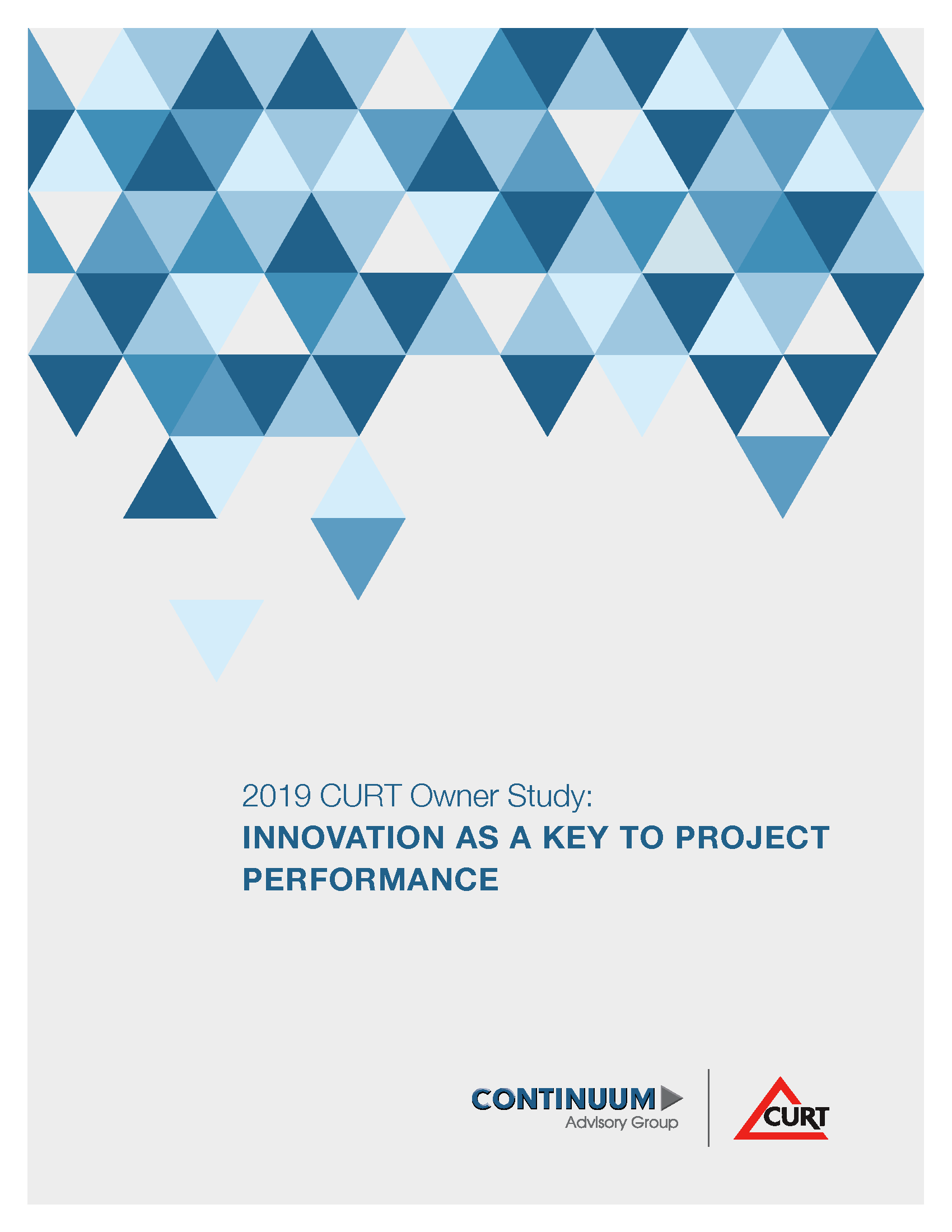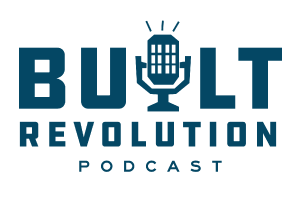Innovation is a term on the brink of overuse. It is used to describe major…
More Than a Feeling: Trust and Employee Engagement
Think of all your dearest interpersonal relationships: your spouse, your children, your best friends. You trust these people. You trust in their ability, their sincerity, and their good intentions. Without that trust, those relationships would be transactional in nature and empty of emotion.
But what about your professional relationships? How can you build trust at work? A recent article from the Harvard Business Review says it starts with the brain.
How Trust Works
The feeling of trust can be traced back to a single chemical: oxytocin. Oxytocin is naturally produced by humans and animals, and it serves the evolutionary purpose of inspiring us to work together. Our ancestors likely needed it more than anyone!
Trust coincides with feelings of appreciation and recognition. This is why many companies introduce perks – parties and the like – for employees. But the sporadic nature of these perks mean that the oxytocin they release is equally short-lived. The HBR article explains that employees are most engaged when they experience a culture of appreciation. The resulting trust has a big impact: employees are less stressed, more productive, and actually take less time off.
HBR discovered that leaders can get those neurons firing with eight model behaviors.
Recognize excellence. This is more than a plaque or a medal. The example HBR cites is a company-wide process, where every employee nominates someone for recognition. The winners are given a surprise celebration with their families in attendance.
Induce “challenge stress.” Employees feel proud when they see a challenging task and accomplish it. The key is to make it achievable, not impossibly difficult. According to the article, 76% of employees have their best days at work when they make progress towards goals.
Give people autonomy. Let employees do things in their own way. Don’t be so married to formal processes. Micromanagement and strict rules make employees feel babied and stifled. Guide them, but trust them to figure things out.
Enable job crafting. While your employees have defined responsibilities, they need room to take on projects that may interest them more. Set expectations, but let them explore.
Share information broadly. Big things happening in the boardroom? Strategic shifts on the horizon? Let your employees know. Even if it’s a daunting change, they’ll feel more secure.
Intentionally build relationships. That evolutionary thing we mentioned? It means employees trust more when they have personal relationships. Socialize with your employees, and encourage them to socialize with each other.
Facilitate “whole-person” growth. We’re all familiar with the annual performance review, but research shows that focusing on the future can have better results. Try goals for the future rather than a reflection on the past, and ask about work-life balance and family time.
Show vulnerability. Finally, don’t just give orders: ask for help. You may think it makes you look weak or uninformed, but research shows it makes you look credible. It shows that you’re part of the team, cooperating with everyone towards a common goal.
You can read the full article here.


